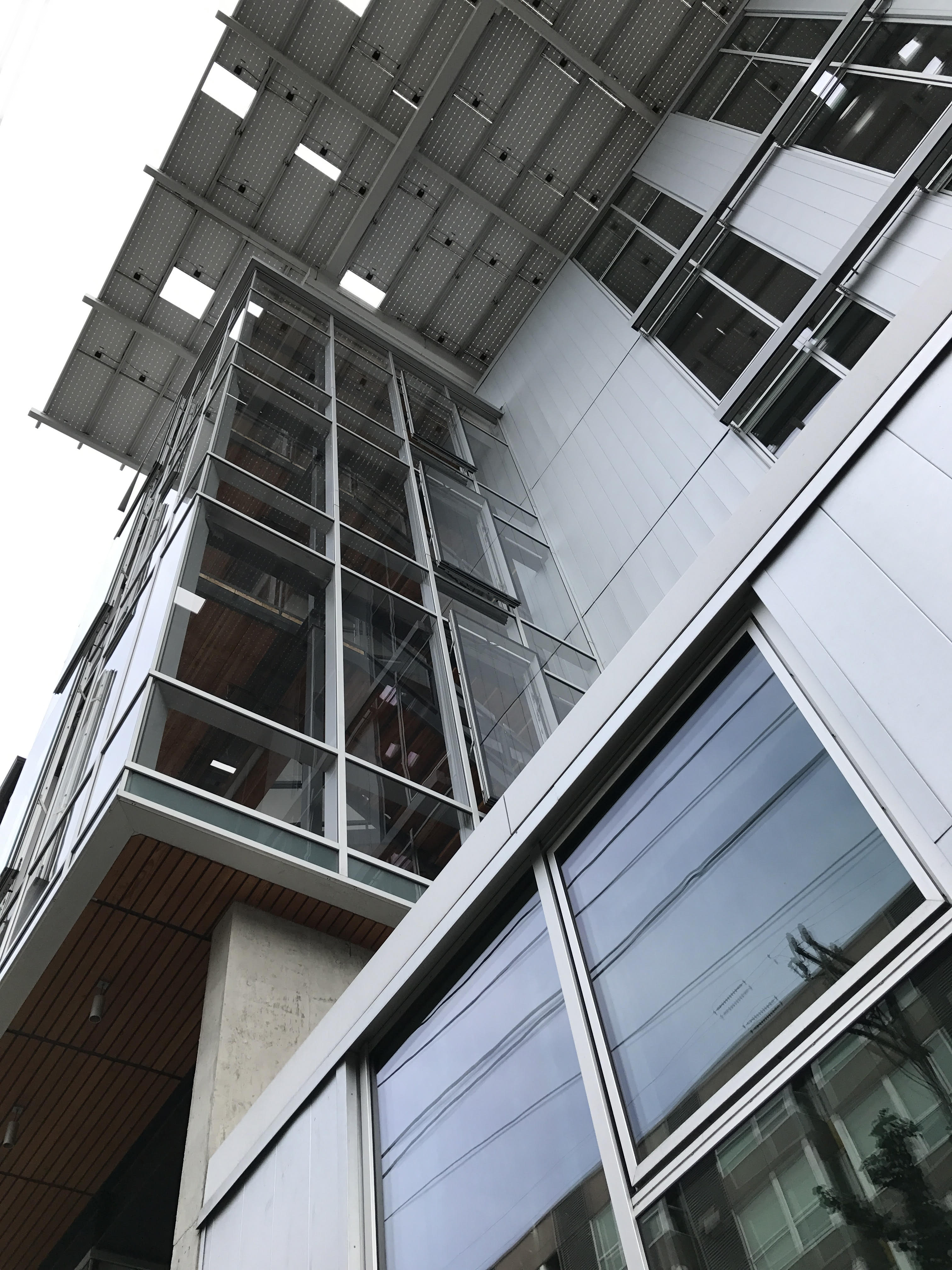
The Bullitt Center, located in downtown Seattle and pictured here, has been called the greenest commercial building in the world. It was the first urban office building to meet the rigorous requirements of the Living Building Challenge (it was certified two years after completion in 2015). The Living Building Challenge is not achieved through energy modeling or elaborate projections like other sustainable certifications but rather through rigorous monitoring of its actual use.
Since its completion, the six-story structure, built for approximately $350 per square foot, has been fully leased and occupied. Among the requirements for certification are achieving net zero energy and water. That means the building must produce as much water and energy as it uses and ideally a bit more — becoming a building that gives back. The most comprehensive sustainable certification a building can receive currently comprises seven performance areas: site, water, energy, health, materials, equity and beauty. Yes … beauty.
It has been said the most sustainable buildings are the ones people love. The idea is that, similar to people, buildings that are loved live longer. They are well maintained and continually used. What is the life span of an average building? Or, how much time passes before a building needs to go through a major renovation or update? Unfortunately there is very little data collected in the United States regarding this topic. In the United Kingdom a recent study found residential structures were demolished within 11–32 years.
A similar study in Japan on office buildings found the life span to be between 23–40 years. It is interesting to note that most active building systems have a relatively short life span. The average heating and cooling systems, for instance, last between 10–15 years. What most don’t consider is the embodied energy and resources that end up in a landfill when a building is demolished, renovated or upgraded.
In contrast, the Bullitt Center was designed to last 250 years. However, the occupiable spaces in the Bullitt Center are pleasant but nothing new or spectacular — most of the innovations reside in the basement and are focused on technological integration. I have never heard of anyone falling in love with a building because of its systems. People fall in love with spaces that are beautiful, useful and full of meaning. The most important mindset an ecologically minded designer can have is to create beautiful, meaningful spaces that have enough flexibility to adapt to an uncertain future. Only our grandchildren will know if the Bullitt Center can achieve its ambitious goals and stand the test of time. Regardless, it is an inspiring and worthy effort.
